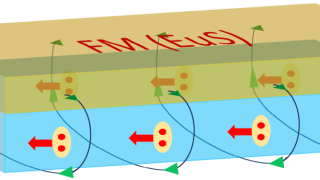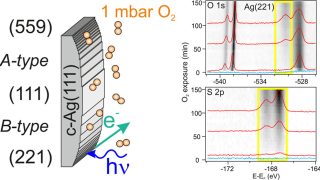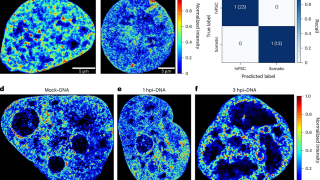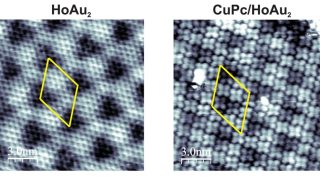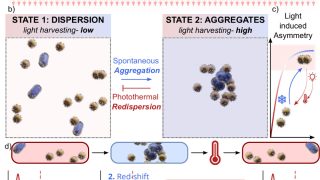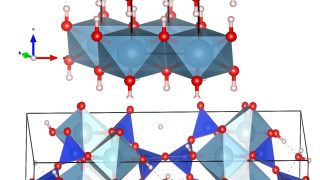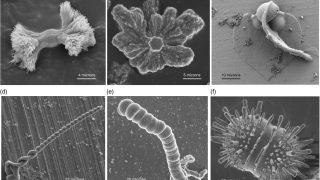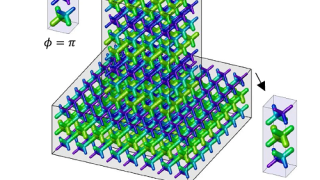
A photonic axion insulator in a 3D photonic crystal
Topological insulators are materials with special universal properties, which are protected against perturbations. Such properties are theoretically described by topology, a branch of mathematics concerned with the properties of geometrical objects that are unchanged by continuous deformations. Concretely, topological insulators are electronic materials that have a bulk band gap like an ordinary insulator but have […]

